ACCESS READS: WHAT IS INCLUSION
Is Australia doing enough?
Dr Kathy Cologon is a Senior Lecturer in Inclusive Education at the Department of Educational Studies at Macquarie University in Sydney. With extensive experience in the field prior to commencing her work in academia, Kathy has been educating teachers for inclusion, and engaging in ongoing research with children, families, teachers and allied professionals on the many facets of inclusive education. Her book Inclusive Education in the Early Years: Right from the Start, has become a core component of undergraduate and postgraduate teacher education for inclusion across Australia and internationally.
Family Advocacy foregrounds, in the following article, some of the persistent exclusionary structures and practices in place in Australian schools as examined by Dr Kathy Cologon.
International commitment to inclusive education, as ratified in the United Nations Convention on the Rights of Persons with Disabilities (CRPD), is an evolving issue, however despite increasing support for its principles many children remain excluded at school for various reasons.
One such often excluded group are children with disabilities in the Australia education system despite this country being a signatory to the United Nations CRPD. Australia is failing to meet its obligations by upholding the right of all children to inclusive education by not addressing the barriers to inclusive education.
Dr Kathy Cologon wants to provoke discussion on this important subject. “Australia has made a clear commitment to inclusive education, including through the ratification of the CRPD’ she says, ‘However, reality ‘on the ground’ falls far short of the policy goals and convention requirements.’
This is a situation, the academic posits, where there is a ‘disconnect between the diversity of children and increasingly homogenised and regimented classroom practices.’
By perpetuating the ‘option’ to exclude students with disabilities within education settings the message being telegraphed is that this type of exclusion Cologon says is ‘still acceptable.’
In direct contradiction to its commitment to inclusive education and ratification of the CRPD, Australia, like many other countries, has persisted with parallel provision of segregated and ‘mainstream’ educational settings and practices.
The troubling part for Cologon is that when a child, who is labelled ‘disabled’ is assessed by a school to not be meeting ‘standardised grade-based criteria outcomes’ exclusion is considered a legitimate response. There is no ‘examination or reflection’ on the methods of teaching or the purposes of assessment, says the academic. Labelling and by default justifying exclusion ‘negates the need to engage with the deeper questions in this situation.’
To be fair Cologon acknowledges that teachers can be subjected to external pressures to meet grade-based assessment goals and excluding the ‘disabled’ student removes the need by the school to critically engage with or resist these pressures. Alarmingly, she notes, ‘given the role of teachers in the education of children, the option to exclude also removes the need to critically reflect on practice and search for ways to better support this child in their education – thus limiting or even eliminating the role of the teacher in educating the child.’
Looking at the development of legislation and policy in Italy, a country that abolished parallel systems in 1977, Cologon points out that the empirical evidence shows that parallel systems reinforce rather than reduce segregated education and cites research that shows educational settings ‘easily evaded the enrolment of disabled children whenever they could not (or rather, did not) want to integrate them’
In Italy legislation was introduced in 1977 that saw all children educated together, from early childhood onwards, and the option to exclude ceased. An interview Cologon conducted as part of her research with Italian educators revealed that inclusion is regarded as a cultural issue. Schools play an important role in terms of creating the culture alongside agencies outside of school. This leads her to wonder, ‘If Australia moved to one education system for all, as Italy has done, would segregation/exclusion still occur?’
Setting aside ongoing debate around what inclusive education means the academic points to international research that ‘consistently shows inclusive education results in better outcomes for all students because inclusive teachers are more engaged.’
What then is the Australian experience?
The Australian Curriculum, Assessment and Reporting Authority (ACARA) states the importance of ensuring ‘all students with disability are able to participate in the Australian Curriculum on the same basis as their peers through rigorous, meaningful and dignified learning programs’, with access to age-equivalent content, but with variations in access and focus to meet ‘individual learning needs, strengths, goals and interests’ (ACARA, 2012)
Cologon points to the awkward disconnect between stated vision for the Australian government’s agency and the still common practice that if a child is not meeting grade level outcomes, the ‘solution’ is exclusion.’ This raises many questions for the academic around what conditions are driving exclusion as a valid teaching response.
What is it about the Australian Curriculum approach she ponders that ‘encourages a uniform, homogenous and regimented approach? What would the benefits be to all students if teachers were able to be flexible with their teaching practice? What would happen if participation was honoured over ticking homogenous ‘outcome boxes’?
The ‘elephant in the room’ Cologon says is, ‘the fact that the option to simply exclude children with disabilities still exists, voiding the requirement to address any of these questions.’
‘The most well-meaning suggestion’, she continues, ‘that ‘special’ provisions might be ‘better’ for so called ‘special’ children, avoids addressing deeper issues as to how children are constructed, taught, and assessed. Perpetuating parallel segregated and ‘mainstream’ educational systems is a major barrier to genuine diversity and violates the rights of children with disabilities under the CRPD.’
Family Advocacy recognises that we cannot discount the layers and nuances that need to be navigated in order to pave the way for bringing inclusive education into reality however the end goal of the benefits of inclusive education for all is worth the effort.
Inclusive education requires a rethink. A rethink about long-held underlying assumptions that permits the exclusion of children and categorisation and labelling as ‘other’.
—
This article is derived from Kathy Cologon’s Preventing Inclusion? Inclusive Early Childhood Education and the Option to Exclude originally published in ‘Contemporary Issues in Early Childhood’ Volume 15 Number 4 (2014).
The original article can be downloaded here.
CONTINUE READING:

WHAT IS INCLUSION
The promotion, adoption and implementation of inclusive practices, which involves changing policies, practices and attitudes within schools.

HOW WE INCLUDE
Inclusive classrooms and schools embrace universal design as the foundation for cultivating inclusive attitudes and practices.

CHANGING MINDSETS
Bringing about change one mind at a time is integral to improving the lives of people with disability.

AUSTRALIAN EXPERIENCE
Exemplar inclusive educational practices are happening in Australia. See the possibility and potential of Inclusion here and now.

WHY INCLUDE
All children have the right to be included, to be represented in, to have access to and to receive high-quality education and supports.

TEACHER IMPACT
All classroom teachers have a role in creating schools & learning environments where all children can learn and feel they belong.
EXPLORE ACCESS TALKS:
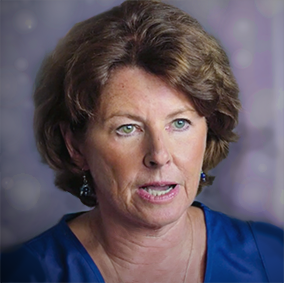
WHAT IS INCLUSION
The promotion, adoption and implementation of inclusive practices, which involves changing policies, practices and attitudes within schools.
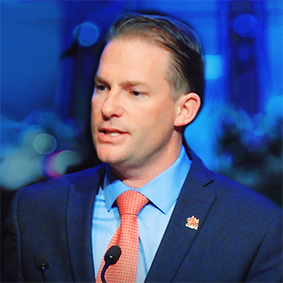
HOW WE INCLUDE
Creating inclusive classrooms & schools starts with vision, policy, systems change, curriculum design and teaching practice.
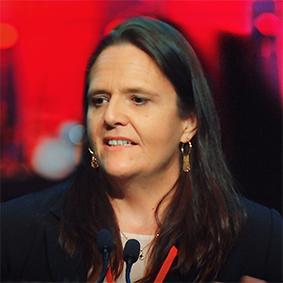
WHY INCLUDE
High quality education & supports enable all students to acquire success in their education and is the basis of an inclusive life and society.
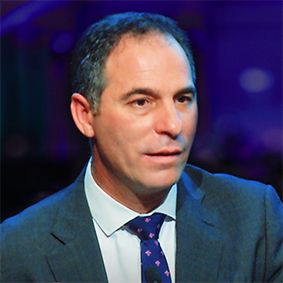
TEACHER IMPACT
All classroom teachers have a role in creating schools & learning environments where all children can learn and feel they belong.
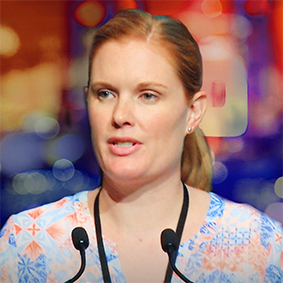
CHANGING MINDSETS
Whole school transformation requires courage, leadership & honest reflection to identify the need for change and set about making it happen.

AUSTRALIAN VIEWS
Exemplar inclusive educational practices are happening in Australia. See the possibility and potential of inclusion here and now.
A FAMILY ADVOCACY INITIATIVE
This site is edited and maintained by the Advocacy and Leadership Development team.

